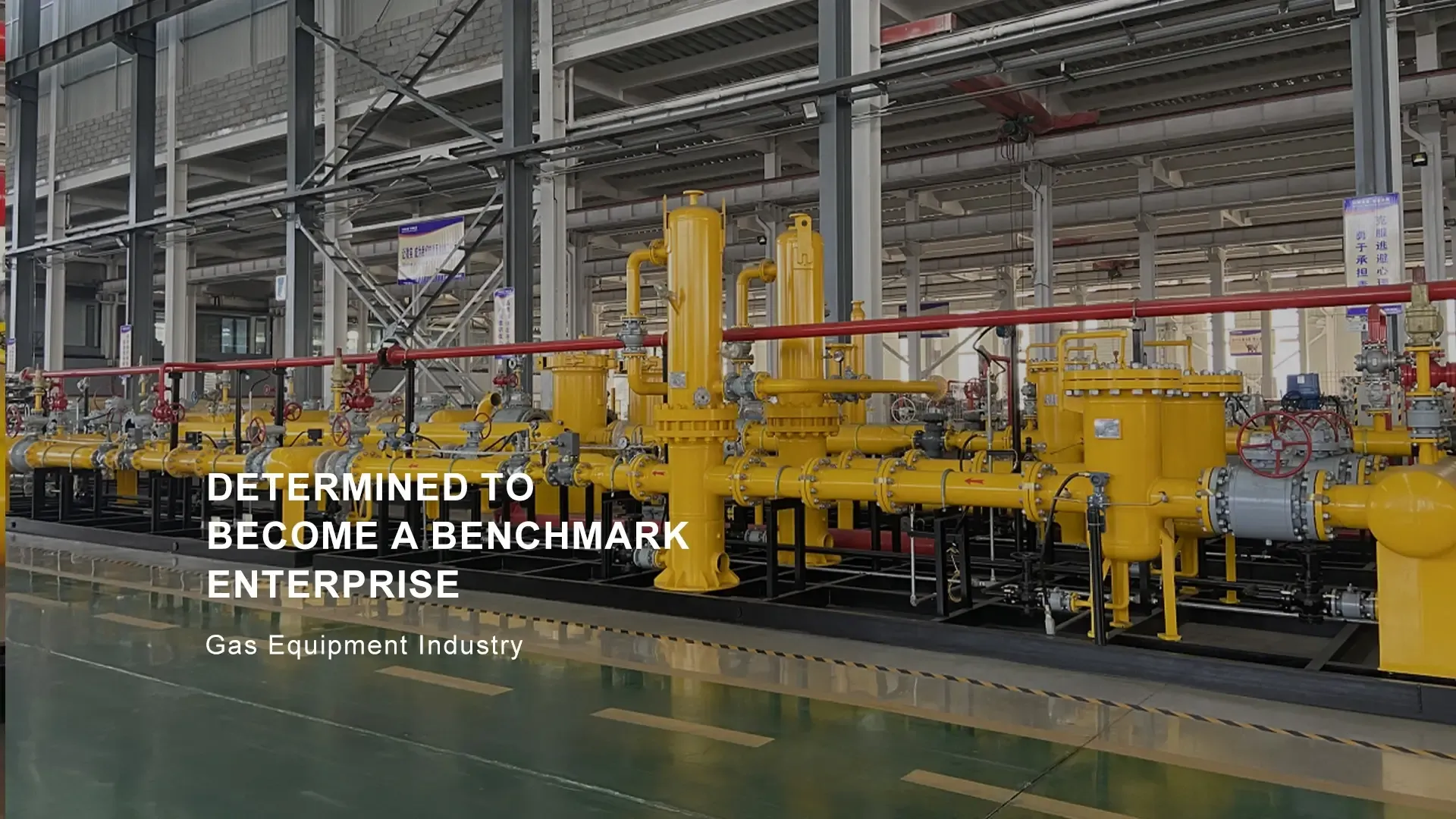
Aug . 14, 2024 02:46
Back to list
Innovative Technologies in Gasification Equipment for Sustainable Energy Solutions and Environmental Benefits
Gasification Equipment An Overview
Gasification technology has emerged as a critical solution in the quest for sustainable energy. In an era where pollution from fossil fuels is a pressing concern, gasification systems offer an efficient way to convert organic materials, such as biomass, coal, and other carbonaceous sources, into syngas (synthetic gas). This transformation not only provides an alternative energy source but also helps in managing waste efficiently. The key to harnessing the potential of gasification lies in the sophistication of the gasification equipment employed.
At the heart of gasification processes lies a variety of specialized equipment designed to facilitate the conversion of solid feedstock into gaseous fuel. The primary components of gasification equipment can be categorized into four main sections feedstock preparation, gasifier reactor, gas cleaning, and syngas utilization.
1. Feedstock Preparation The journey of gasification begins with proper feedstock preparation. Biomass or coal must be appropriately sized and treated to optimize gasification efficiency. Equipment such as crushers, grinders, and dryers ensure the feedstock is uniform in size and moisture content. Properly prepared feedstock maximizes gasification efficiency and enhances the overall yield of syngas.
2. Gasifier Reactor The gasifier reactor is the central piece of gasification equipment. Various designs are used, including fixed-bed, fluidized-bed, and entrained-flow gasifiers, each suited for different types of feedstock and desired outputs. The gasifier operates under high temperatures and controlled oxygen supply, initiating reactions that convert solid feedstock into syngas primarily composed of carbon monoxide, hydrogen, and methane. The selection of a gasifier type depends heavily on the intended application and the characteristics of the feedstock.
gasification equipment

3. Gas Cleaning Once syngas is produced, it often contains impurities that must be removed to ensure the quality of the fuel and protect downstream equipment. Gas cleaning equipment consists of scrubbers, thermal oxidizers, and filtration systems that eliminate tar, particulates, sulfur compounds, and moisture from the gas stream. This stage is crucial; unclean syngas can lead to operational issues and can also negatively impact the efficiency of syngas utilization processes.
4. Syngas Utilization The final component of gasification equipment is dedicated to utilizing the produced syngas effectively. Syngas can be used for various applications, including electricity generation, combustion in industrial processes, and as a feedstock for chemical synthesis. Gas turbines, engines, and fuel cells are common conversion technologies that can harness the energy from syngas. Additionally, syngas can be further processed to produce valuable chemicals such as methanol or hydrogen, thus enhancing its economic viability.
The benefits of using gasification equipment are manifold. Firstly, it offers a cleaner alternative to traditional fossil fuels, significantly reducing greenhouse gas emissions and pollutants. Secondly, it promotes waste-to-energy initiatives by converting agricultural residues, municipal solid waste, and even some industrial by-products into usable energy. Thirdly, gasification contributes to energy security by diversifying the energy sources available.
In conclusion, gasification equipment plays an essential role in the modern energy landscape. By transforming a wide range of carbonaceous materials into syngas, it paves the way for a more sustainable and environmentally friendly energy future. As technology continues to advance, the efficiency and applicability of gasification systems are likely to improve, offering even more innovative solutions to meet our energy needs while minimizing environmental impact. The effective integration of gasification equipment in the global energy mix will be pivotal in achieving sustainable development goals.
Latest news
-
Safety Valve Spring-Loaded Design Overpressure ProtectionNewsJul.25,2025
-
Precision Voltage Regulator AC5 Accuracy Grade PerformanceNewsJul.25,2025
-
Natural Gas Pressure Regulating Skid Industrial Pipeline ApplicationsNewsJul.25,2025
-
Natural Gas Filter Stainless Steel Mesh Element DesignNewsJul.25,2025
-
Gas Pressure Regulator Valve Direct-Acting Spring-Loaded DesignNewsJul.25,2025
-
Decompression Equipment Multi-Stage Heat Exchange System DesignNewsJul.25,2025

